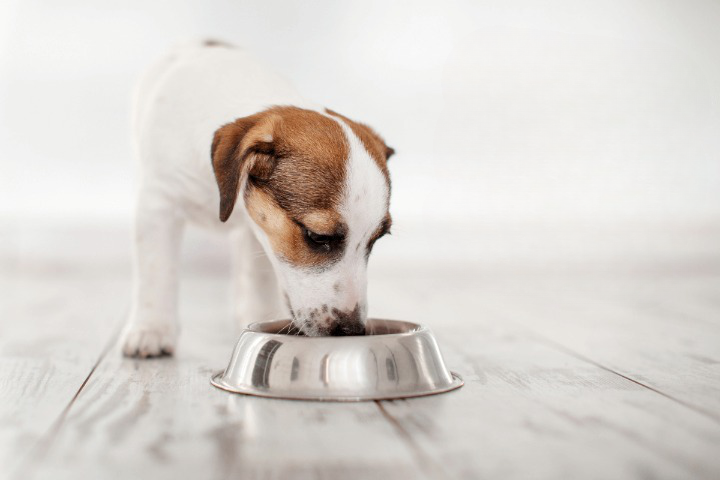Introduction
Tiny paws, wagging tails, and a whole lot of love—welcome to the world of toy dog breeds! These little bundles of joy bring immense happiness to our lives, and to ensure they lead a healthy and vibrant life, a well-balanced and tailored diet is paramount. In this article, we’ll delve into the specifics of crafting the perfect diet plan for toy dog breeds, considering their unique nutritional needs.

Section 1: Understanding Toy Dog Breeds
Before we jump into the dietary details, it’s crucial to understand the distinct characteristics of toy dog breeds. These little companions often have faster metabolisms, smaller stomachs, and higher energy levels compared to larger breeds. Additionally, they might be prone to certain health issues like dental problems, hypoglycemia, and obesity.
Section 2: Building Blocks of a Toy Dog’s Diet
- Protein Power: Toy dogs need a higher percentage of protein to fuel their energetic endeavors and support muscle health. Opt for high-quality sources like lean meats (chicken, turkey, or lean beef) and incorporate them into their daily meals.
- Healthy Fats: Don’t shy away from fats—they’re crucial for energy and maintaining a shiny coat. Include sources like fish oil, flaxseed oil, and small amounts of healthy fats from meat.
- Carbohydrates for Energy: Select complex carbohydrates such as sweet potatoes, brown rice, and whole grains. These provide a sustained energy release, keeping your little one active throughout the day.
- Vitamins and Minerals: Ensure a variety of fruits and vegetables to cover the spectrum of vitamins and minerals. Blueberries, carrots, and spinach are excellent choices. However, always research which fruits and vegetables are safe for your specific breed, as some can be toxic.
Section 3: Tailoring Portion Sizes
- Caloric Considerations: Due to their petite size, toy breeds require fewer calories. Work with your veterinarian to determine the ideal daily caloric intake based on your dog’s weight, age, and activity level.
- Meal Frequency: Toy dogs might benefit from more frequent, smaller meals throughout the day. This can help manage blood sugar levels and prevent hypoglycemia, a common concern in smaller breeds.
- Avoid Overfeeding: Resist the urge to shower your tiny friend with excessive treats. It’s easy to underestimate the impact of a few extra calories on a small dog’s weight.

Section 4: Addressing Special Health Concerns
- Dental Care: Toy breeds are often prone to dental issues. Incorporate dental chews or toys that promote chewing, aiding in maintaining healthy teeth and gums.
- Hypoglycemia Prevention: Given their small size and high energy levels, toy breeds are susceptible to low blood sugar. Ensure they have access to food throughout the day and discuss specific feeding strategies with your vet.
- Weight Management: Obesity can be a concern, so monitor your dog’s weight and adjust portions accordingly. Regular exercise is also essential; interactive playtime can be a great way to keep them active.
Section 5: Hydration Matters
Remember, small dogs need to stay hydrated just like their larger counterparts. Ensure that fresh, clean water is always available.
NOTE-Any petlovers planning to buy dog puppy then Animalslover platform provide best quality pet at affordable price.
Section 6: Transitioning and Monitoring
- Gradual Transitions: If you’re switching your toy dog’s diet, do it gradually to prevent digestive upset. Mix the new food with the old, adjusting the ratios over a week.
- Regular Check-ups: Schedule regular veterinary check-ups to monitor your dog’s overall health. These visits provide an opportunity to discuss any changes in diet or behavior.
